Electric and pneumatic control valves are rather common in controlling valve applications. They are widely used in different fields, such as industry, chemical engineering, petrochemicals, and so on. However, their basic intentions are alike; they vary greatly in construction, working principles, advantages, and disadvantages. Very often, users get confused when they need to select the appropriate type because of a poor understanding of the differences between them. In this article, we will compare electric and pneumatic control valves in detail. Understanding their differences can make it clear whether one should use a pneumatic or an electric control valve.
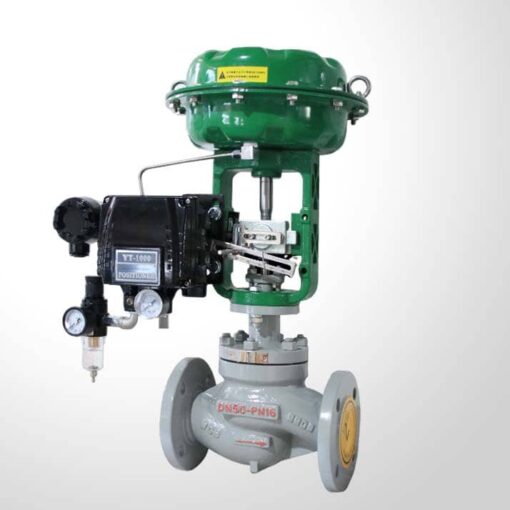
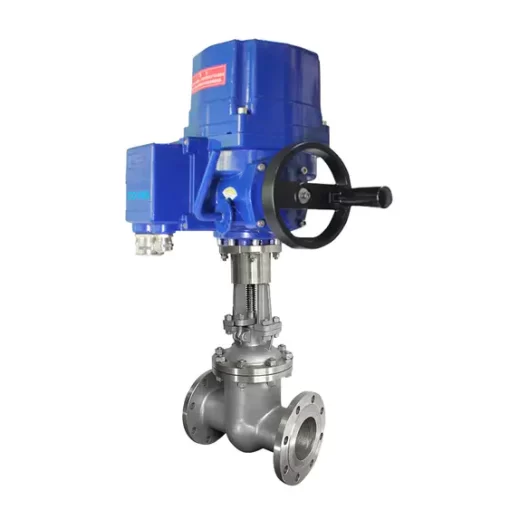
Pneumatic and electric control valves serve essential roles across several industrial applications but differ significantly from each other. Here are 10 major differences between pneumatic and electric control valves.
1.Power Source
Pneumatic Control Valve: Runs on compressed air for power.
Electric Control Valve: Uses electricity, usually via an electrical actuator.
2.Response Time
Pneumatic Control Valve: Normally responds quickly due to the fast movement of air.
Electric Control Valve: May have slow response time depending on motor speed and design compared to pneumatics
3. Installation and Maintenance
Pneumatic Control Valve: A compressed air supply should be available along with associated piping, which makes its installation complex. Maintenance requires ensuring that there is no leakage of air as well as regular servicing of air supply systems.
Electric Control Valve: Because it only needs an electrical connection, it can be easily installed. Maintenance involves the verification of electrical connections as well as actuator components.
4.Control Precision
Pneumatic Control Valve: Has generally precise controls due to fine tuning by air pressure smoothness improvements.
Electric Control Valve: Also gives precise controls often through digital settings, yet limited levels of extremely finer adjustments may arise on occasion.
5.Operating Environment
Pneumatic Control Valve: Good for hazardous and explosive areas since it does not involve electricity.
Electric Control Valve: Only specially designed and rated for use in hazardous environments.
6. Force and Torque
Pneumatic Control Valve: Can generate great force as well as torque, thus making it suitable for heavy-duty duties.
The electric control valve typically has lower torques compared to pneumatics, which may be enough for many purposes.
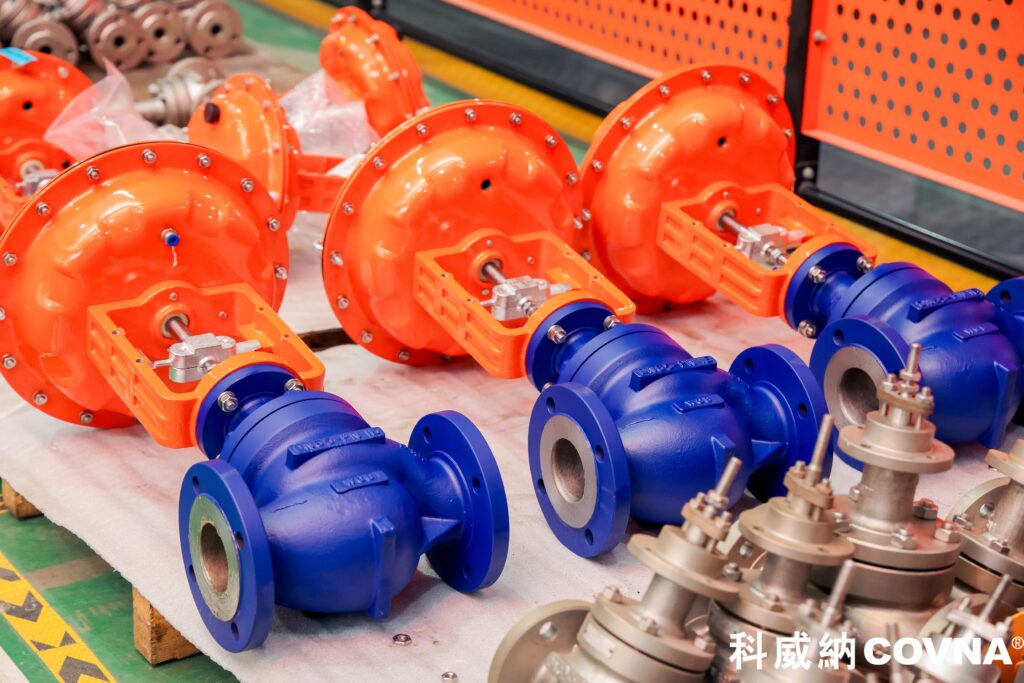
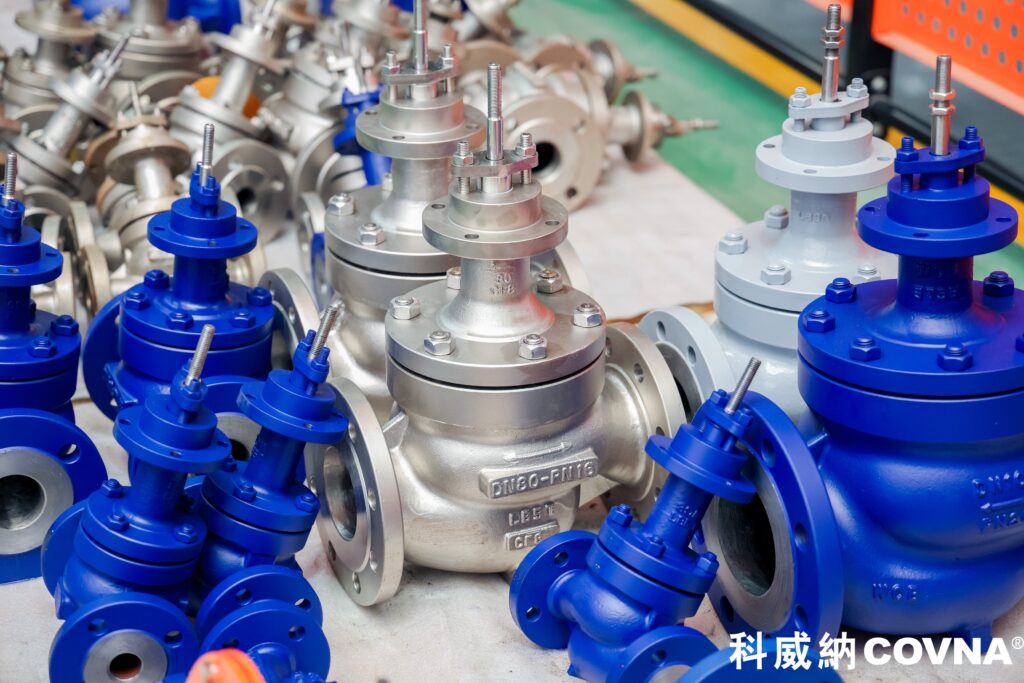
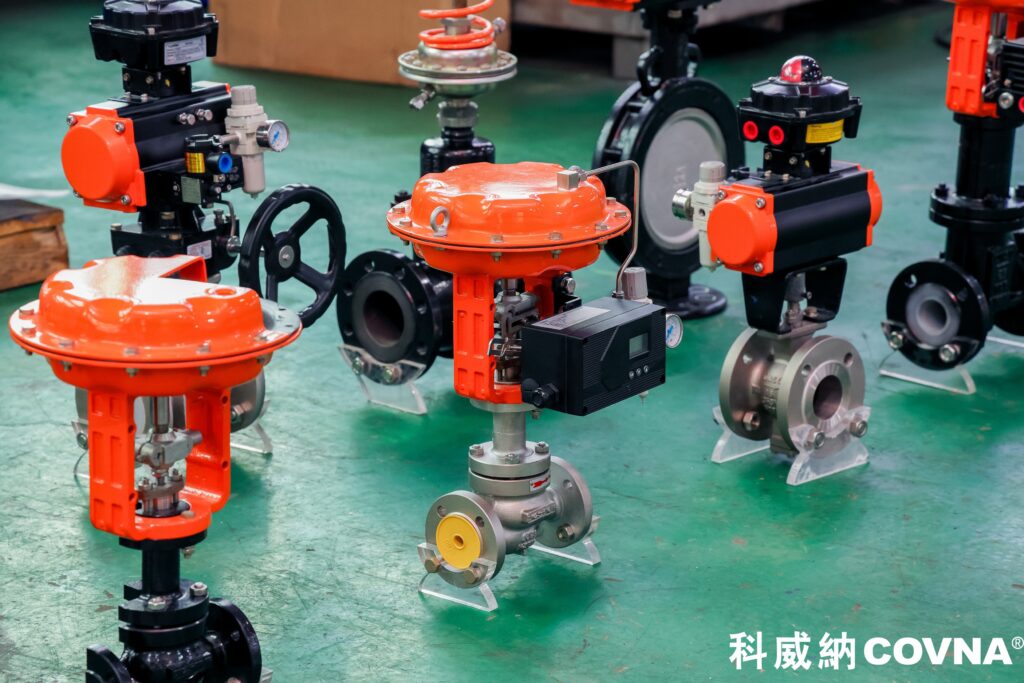
7. Speed of Action
Pneumatic Control Valve: Acts faster due to the rapid expansion and contraction of air.
Electric Control Valve: The speed of actuation can differ depending on the type of motor used and gear ratios employed in some cases, which could make electric control valves act slower than pneumatic valves depending on the specific applications being considered.
8.Energy Efficiency
Pneumatic Control Valve: It might not be very energy efficient because there is a continuous need to compress air.
Electric Control Valve: Mostly more energy efficient, especially when using modern low-power actuators.
9.Cost
Pneumatic Control Valve: Lower initial costs, but the long-term expenses for maintaining compressed air systems are considerable.
Electric control valve: more expensive initially but less maintenance cost as well as other operating expenses in the future.
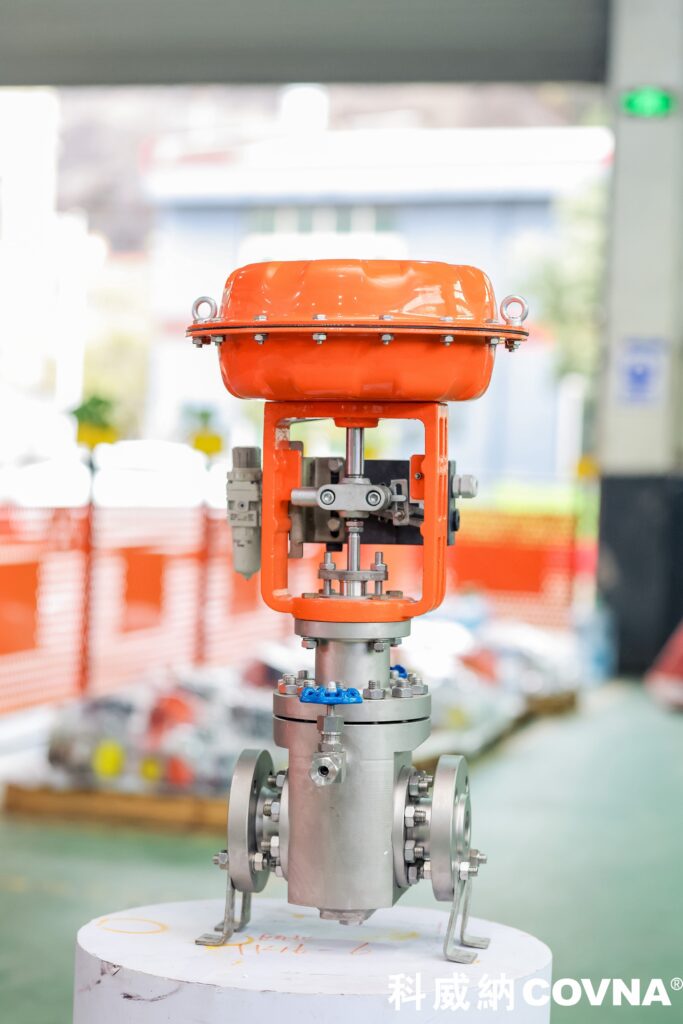
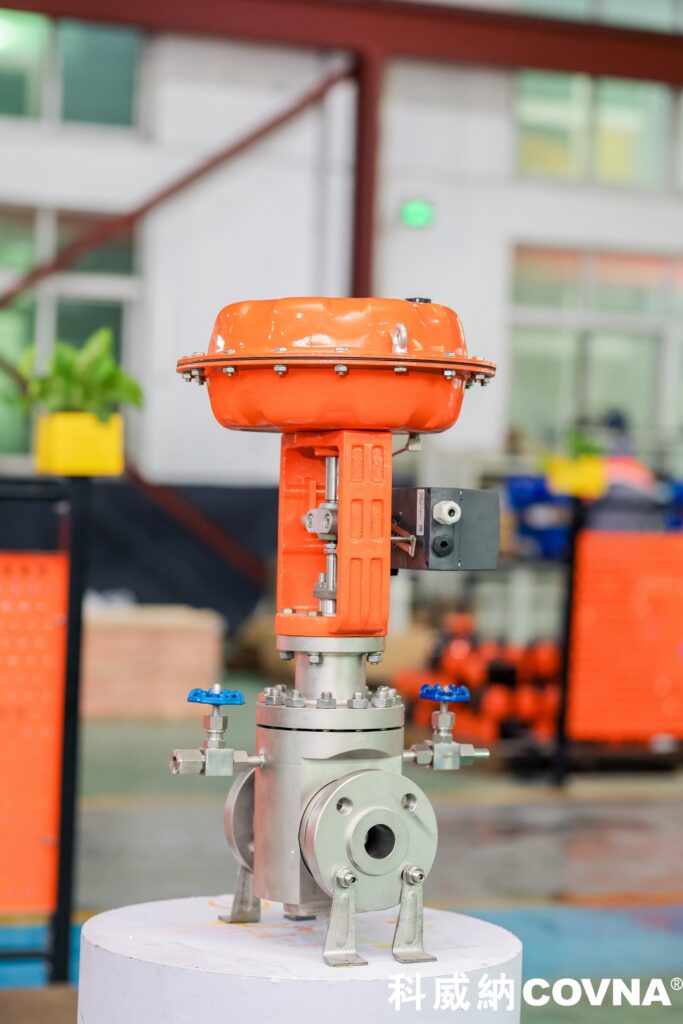
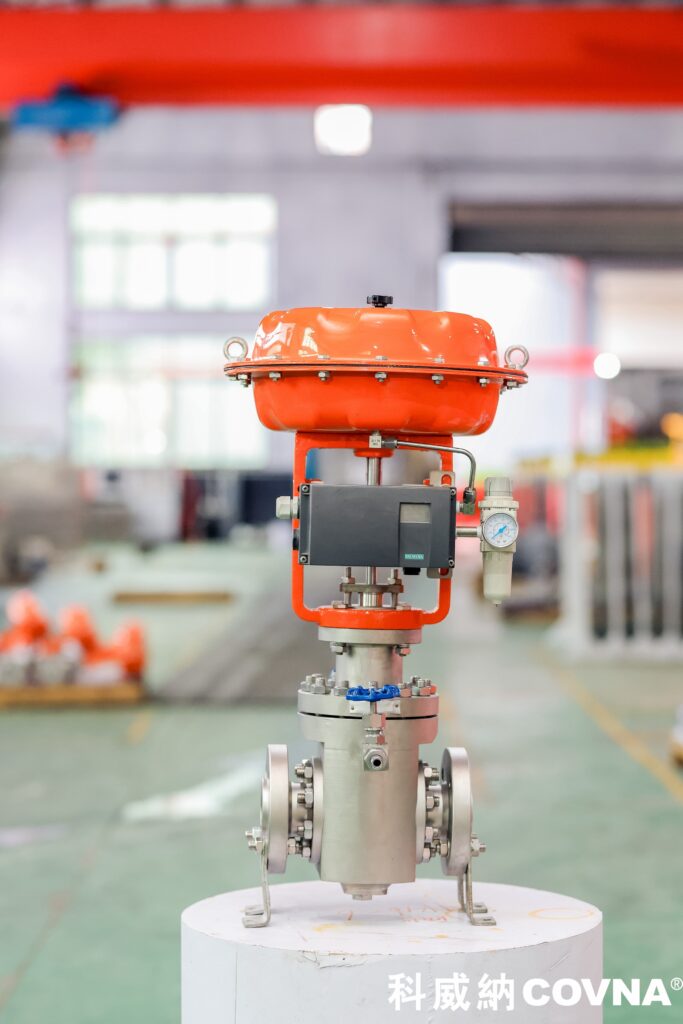
10.Noise Levels
Pneumatic Control Valve: There could be loud noises due to compressed air release sound and operation noise.
Electric control valves: In general, they are quieter, with most sounds coming from the actuator motor itself.
Each type of valve has its own advantages that apply to certain applications according to environment, precision, or cost, among others. The right choice would depend on the specific requirements of the given industry process.

PDF Get-a-Product Catalogue